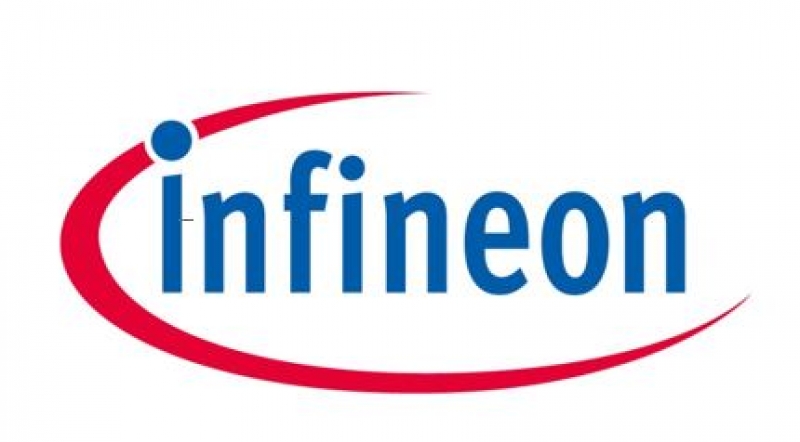| Thursday, February 18, 2021 | |
MEMS & Imaging Sensors Technology Showcase |
|
| 09:00 | Enabling a World of Enhanced Vision |
Stijn Goossens, Co-founder and CTO, ICFO – The Institute of Photonic Sciences Enabling a World of Enhanced Vision
 Abstract Biography |
|
| 09:20 | Analyze-first Architecture for Ultra-low-power Always-on Sensing |
Tom Doyle, CEO, Aspinity Analyze-first Architecture for Ultra-low-power Always-on Sensing
 Abstract Biography |
|
| 09:40 | Novel Platform to Solve 3D Nanometry Challenge |
Mikko Utriainen, CEO, Chipmetrics Oy Novel Platform to Solve 3D Nanometry Challenge
 Abstract Biography |
|
| 10:00 | All-silicon ultrasonic recognition of the environment |
Bert Kaiser, Group Leader Reasearch and Development, Fraunhofer Institute for Photonic Microsystems (IPMS) All-silicon ultrasonic recognition of the environment
 Abstract Biography |
|
| 10:20 | Miniature Digital IR Detectors Enabling Gas Sensing Everywhere |
John Phair, CTO, Pyreos Ltd. Miniature Digital IR Detectors Enabling Gas Sensing Everywhere
 Abstract Biography |
|
| 10:40 | XENSIV™ PAS CO2 Sensor: New Environmental Sensor Technology: Photoacoustic Spectroscopy (PAS) Miniaturizes CO2 Sensor for High-volume Applications |
Andreas Kopetz, Director Environmental Sensing, Infineon Technologies XENSIV™ PAS CO2 Sensor: New Environmental Sensor Technology: Photoacoustic Spectroscopy (PAS) Miniaturizes CO2 Sensor for High-volume Applications
 Abstract Biography |
|